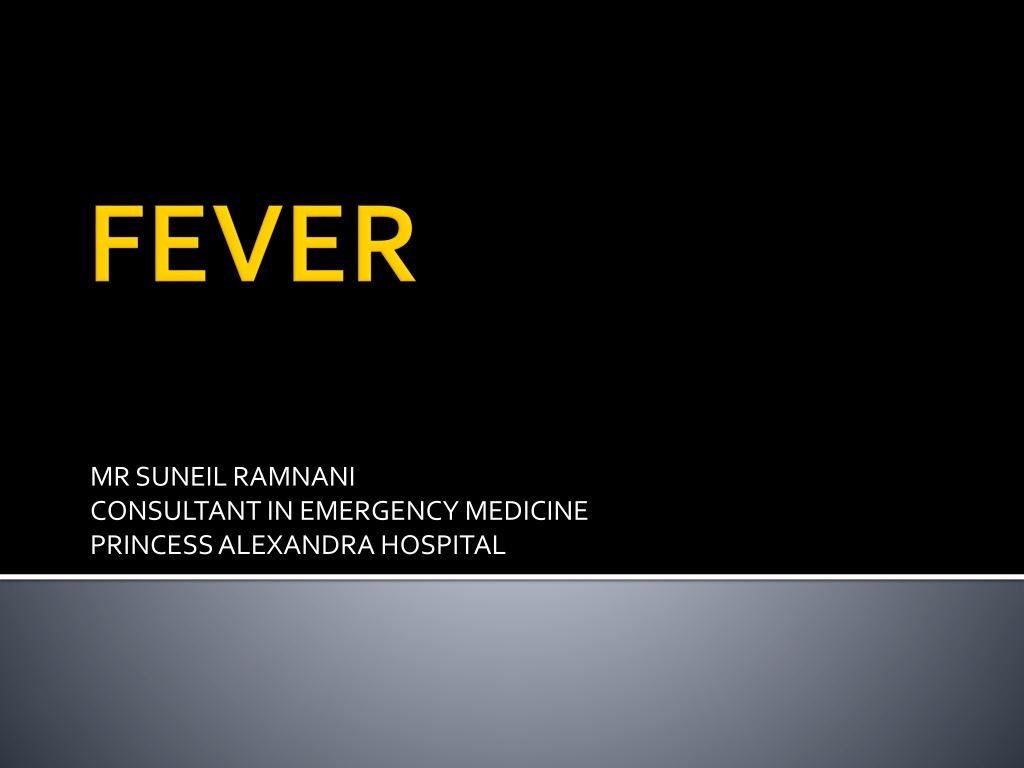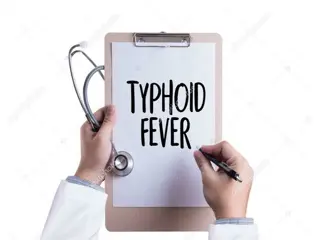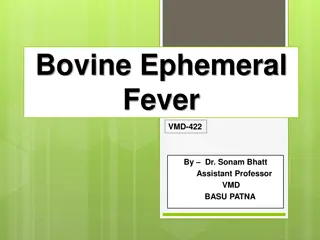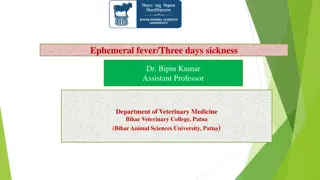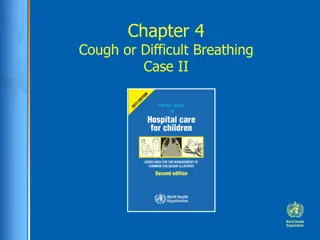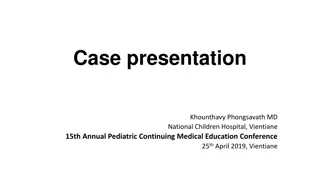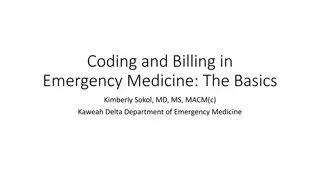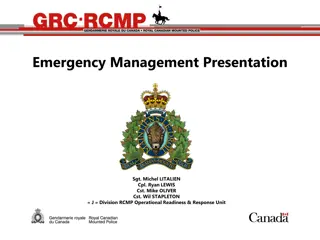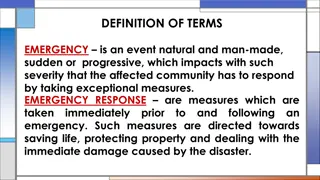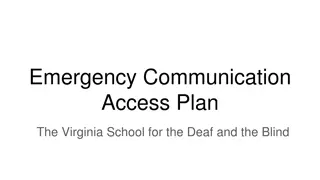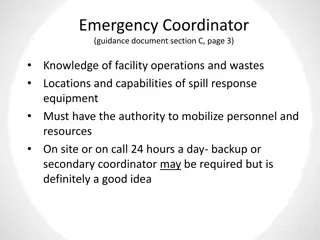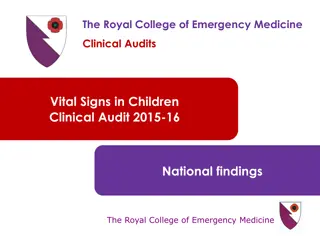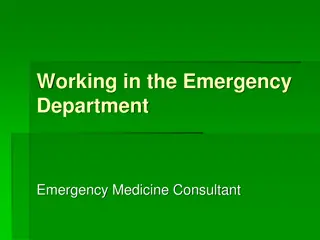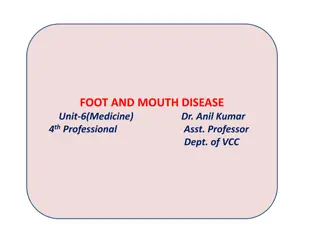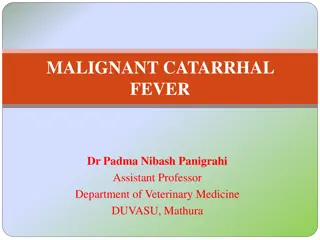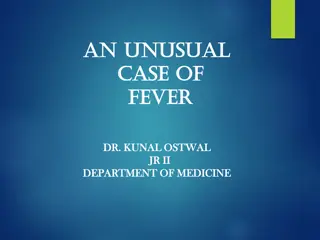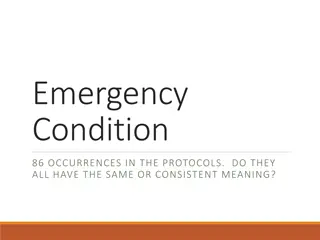Understanding Fever: Causes, Assessment, and Management in Emergency Medicine
A temporary increase in core body temperature, aka fever, can be a response to various conditions, both physiological and pathological. It is a common complaint in emergency departments, with infections being a primary cause. Assessment involves looking into associated symptoms, duration, medical history, and more. Key aspects include monitoring vital signs, appearance, and conducting necessary investigations to determine the underlying cause.
Download Presentation

Please find below an Image/Link to download the presentation.
The content on the website is provided AS IS for your information and personal use only. It may not be sold, licensed, or shared on other websites without obtaining consent from the author. Download presentation by click this link. If you encounter any issues during the download, it is possible that the publisher has removed the file from their server.
E N D
Presentation Transcript
MR SUNEIL RAMNANI CONSULTANT IN EMERGENCY MEDICINE PRINCESS ALEXANDRA HOSPITAL
Define Fever Discuss Causes Assessment Investigations Management Red Flags and Pitfalls Summary
A temporary increase in the core body temperature above the normal range caused by elevation of the hypothalamic set point No single agreed upper limit for normal temperature. Normal core body temperature in healthy people is 35.6 c 38.2 c (mean 36.8 c) In adults, a temperature of 38.3 c is a fever. In infants, a rectal temperature of 38 c is a fever. A temperature over 41.5 c is not a true fever.
Common complaint 6% of adult ED attendances and 20-40% of paediatric attendances. Same as Pyrexia! Rectal temperature is most accurate measurement. Generally a response to disease or illness but can be physiological . Can indicate serious or life threatening illness. No relationship between magnitude of temperature and severity of illness.
Hundreds! Mostly caused by self limiting viral infections. Infections are the most common cause (acutely!). 30-40% Cause usually apparent in ED. (pneumonia, UTI etc) FUO/PUO (fever >38.3 c documented on several occasions during a period of more than 3 weeks with uncertain diagnosis after 1 week of evaluation in hospital).
Infections/Infectious diseases 20-40% Neoplastic/Malignancy 10-30% Non-infectious Inflammatory diseases (eg collagen vascular diseases, connective tissue diseases) 20-35% Miscellaneous (including drug fever) 10-20% No diagnosis 20-30%
Key to Assessment Associated Symptoms: Cough, SOB, pain, dysuria, diarrhoea, weight loss, sweats, rigors, fever, rash, lumps/itching. Duration Ill contacts, pets, animal contacts Occupation Travel history Medication History/risk of immunocompromise Sexual History, IVDU Bites, Cuts, Surgery
General appearance: sick Vs well Vital signs Subtle mental state changes Rashes Skin, eyes, lymph nodes, throat, teeth Liver and spleen Occult sites of infection: nose/sinuses PR exam (prostatitis, perirectal abscesses) Pelvic exam Nails, joints, temporal arteries
Guided by history and examination. No tests that are always needed for every patient. Clinical judgement required. Consider: Bloods: FBC and differential. Blood film. Renal profile LFTs CRP, ESR VBG Urine dip Cultures urine, sputum, blood, stool. ECG CXR Thick and thin blood films.
Other tests for the medics! Serology/virology (EBV,CMV,HIV), Rheumatoid factor, ANA, protein electrophoresis, Mantoux, CT scans, LP,ECHO.
Systemic upset/symptoms Unwell Abnormal vitals Abnormal bloods/investigations (eg CRP, WBC, lactate) Immunocompromised Admit/refer the above
Depends on the cause Resuscitate! Antipyretics? Antibiotics? Admission/Followup?
Relatively common presentation. Many causes (not just infections!) May be serious (but usually not!) History and examination are paramount Treat the cause Admit the ill! Arrange followupfor FUOs
